When you publish or update a post on your wordpress site, wordPress sends a request to the web server. The web server responds to the request in JSON format.
Due to specific reasons, if the server doesn't respond in JSON format or doesn't respond at all, then WordPress throws a "The response is not a valid JSON response" error.
Below are the possible causes of the WordPress error "The response is not a valid JSON response"
- There can be bugs in a plugin or themes
- There may be an issue with the SSL Certificate
- It may be due to .htaccess file corruption
- It may be due to API conflict.
How to fix the "The response is not a valid JSON response" error?
Since it is a generic error and we do not know what causes the error on the website, we need to try different solutions to fix it.
To fix the error, we need to make some modifications to the website, so before making any changes, please ensure that you have a backup of your website. If you have a backup of your website, you can restore your website from the backup when something goes wrong.
Below are the solutions to the error:
- Generate a new .htaccess file to fix the permalinks issue
- Deactivate plugins and themes one by one to find conflicts
- Fix mixed content warnings or problems
- Check the WordPress site address settings.
- Check for API conflicts
- Upload images in a different way
- Switch to Classic Editor (temporarily or permanently)
Generate a new .htaccess file to fix the permalinks issue
As you know, WordPress has an SEO-friendly URL structure that allows users to use human-readable URLs for their posts and pages.
If a user disarranges the permalink settings, WordPress will not get a valid JSON response from the server, and that causes the error to show up.
To fix it, you need to refresh your site's permalinks.
There are two ways to restore the Site permalinks.
1) Generate a new .htaccess file from the WordPress dashboard
Step 1: Login into the WordPress Admin area.
Step 2: Go to Settings and click on it.
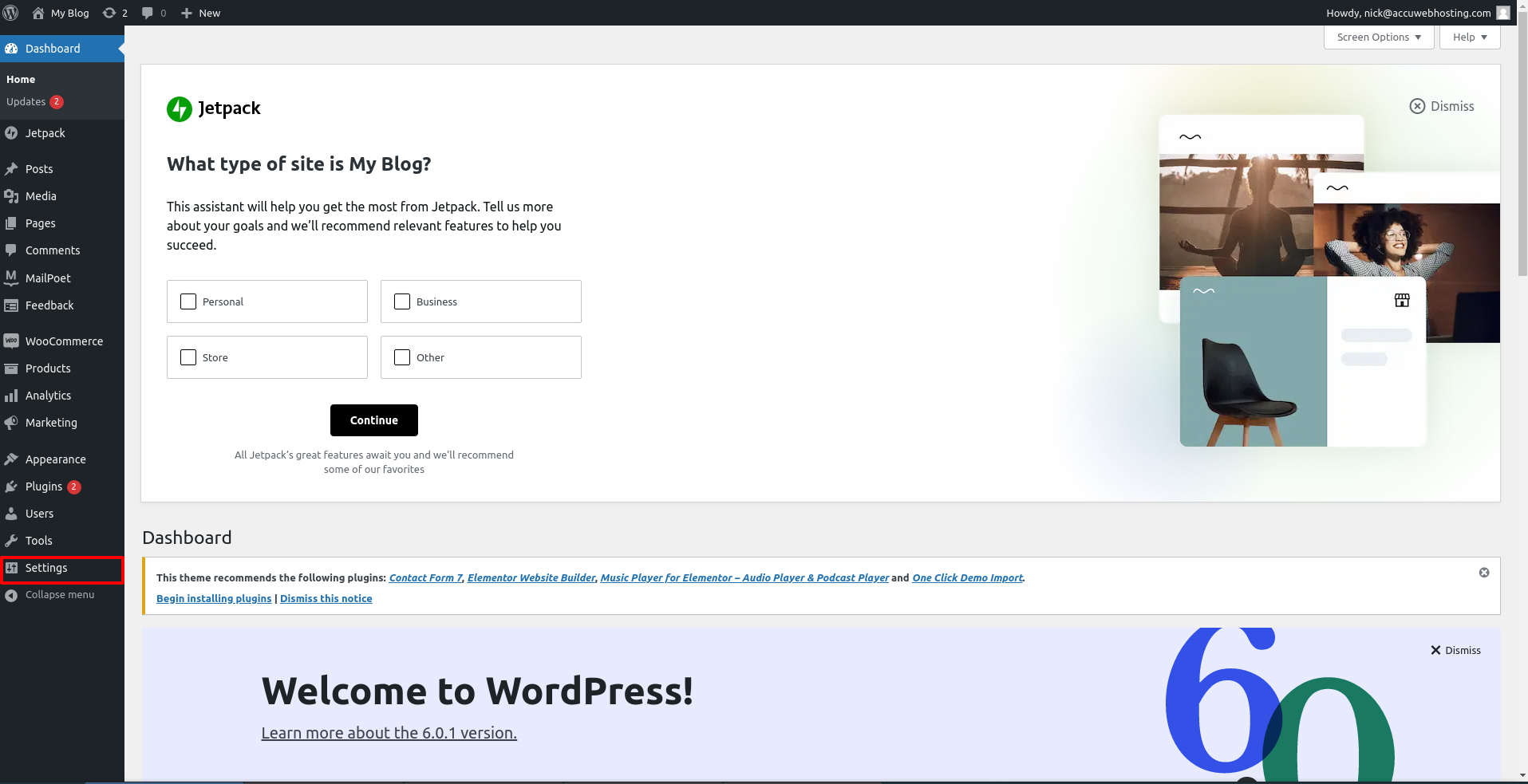
Step 3: After then, click on the Permalink option.
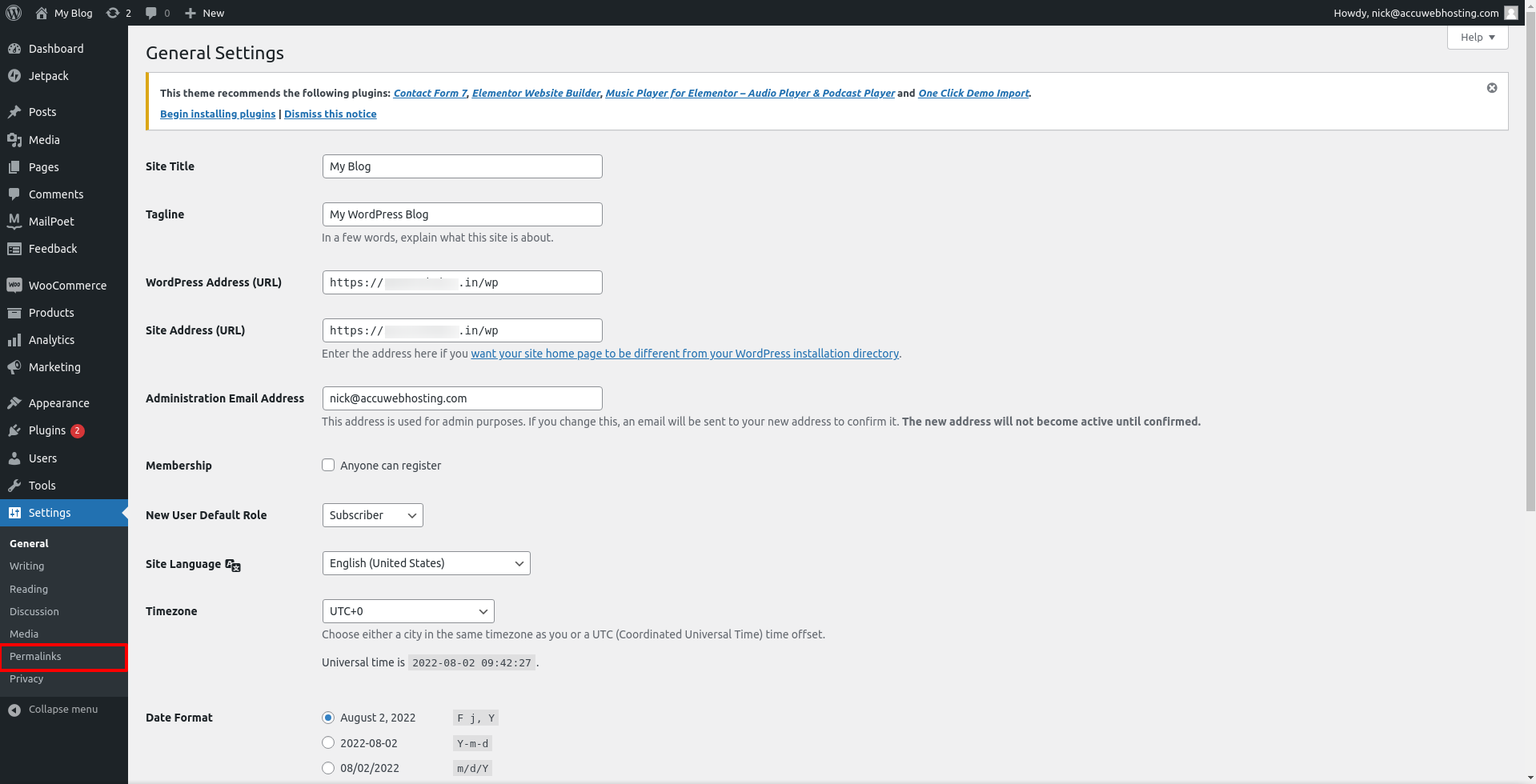
Step 4: Scroll down on the Permalink page and click on the Save Changes button.

2) Generate a new .htaccess file through an FTP account
Step 1: Open an FTP client application such as FileZilla in your local system.
Step 2: Enter the FTP credential in the respective field and click on the connect button to login into it.
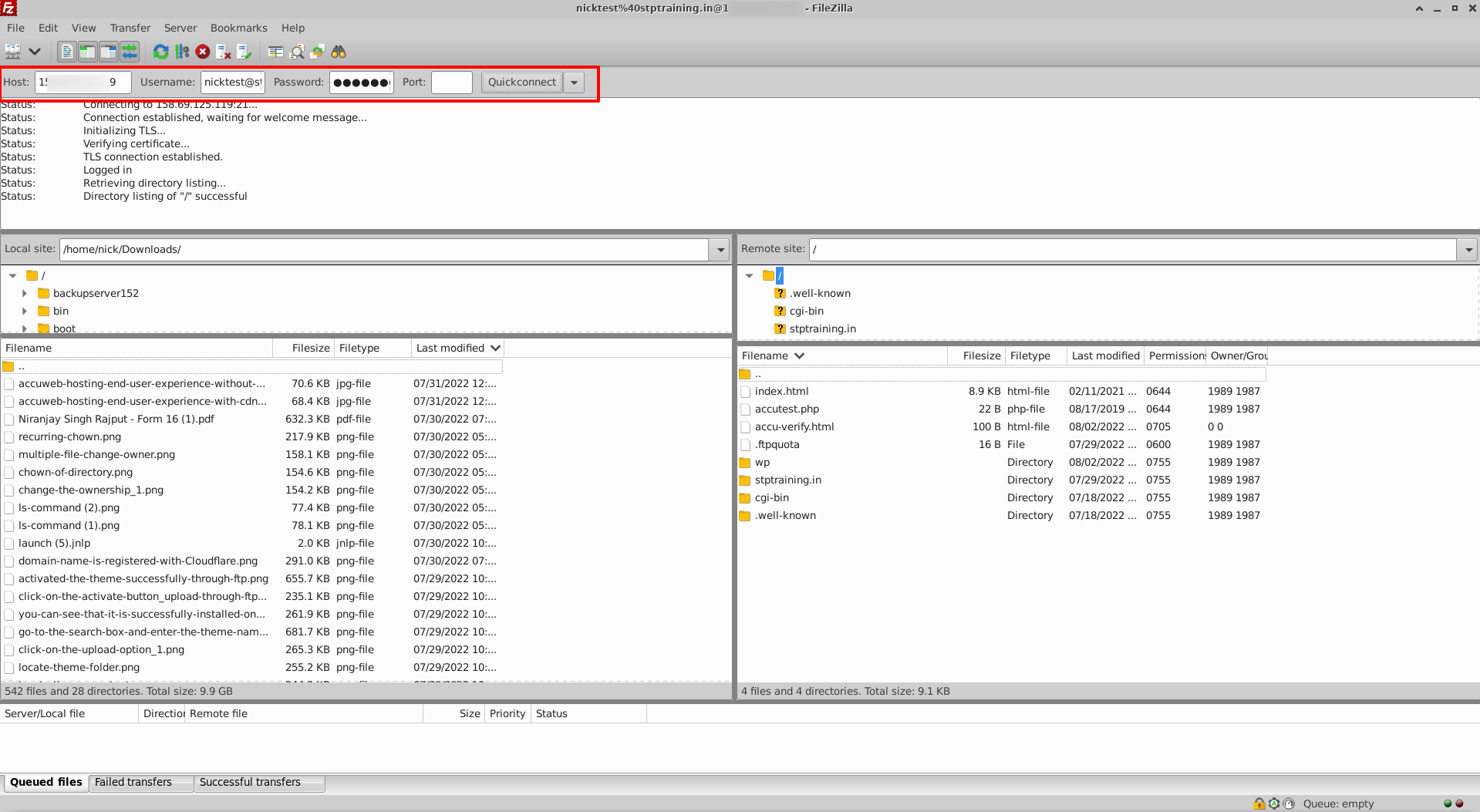
Step 3: Go to the public_html and locate the .htaccess file.
Step 4: Select the file and right-click on it. Click on the Download option to save a copy of it in your local system.

Step 5: Once the file is downloaded, again right-click on it and select the delete button to delete the file.
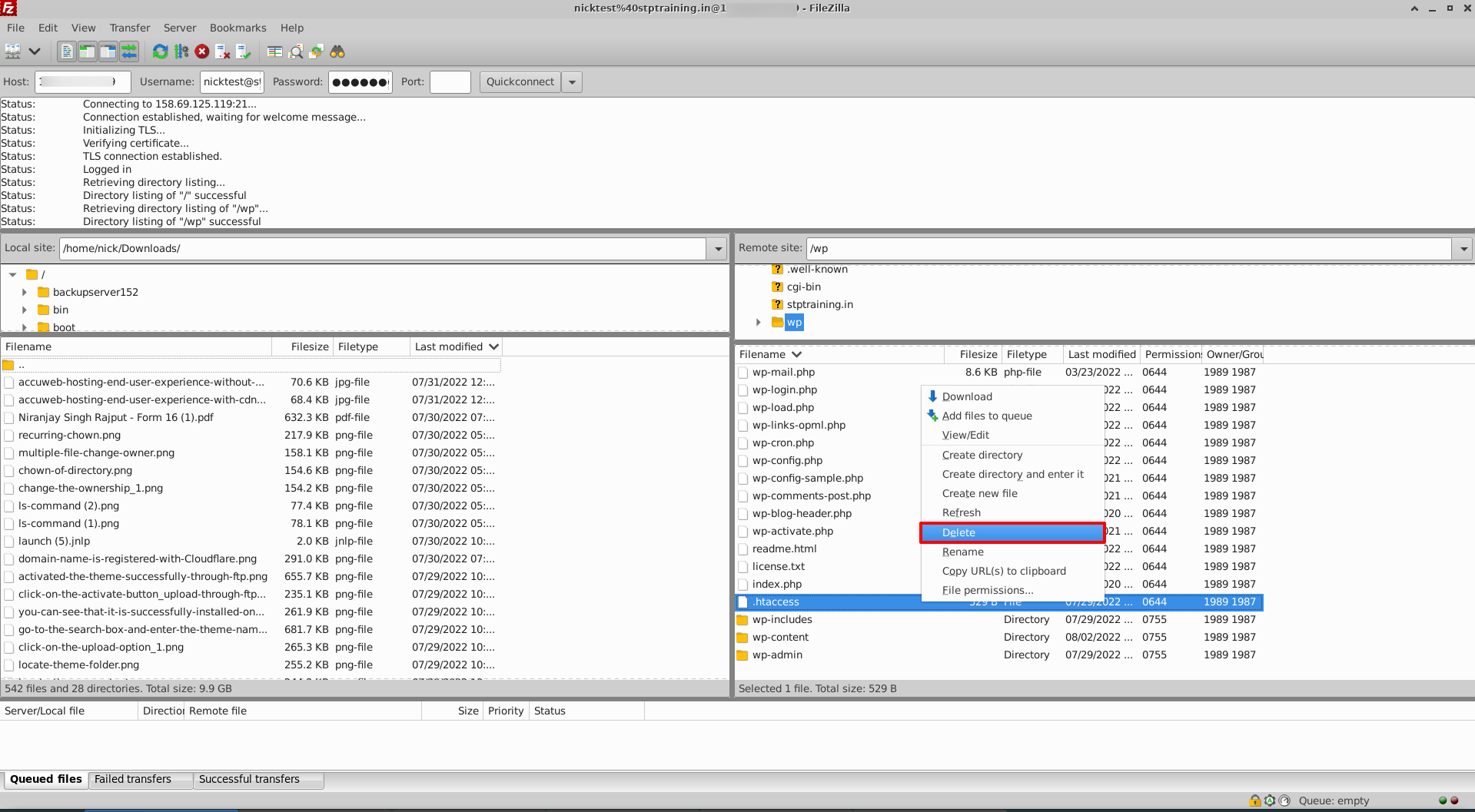
Step 6: Open the WordPress dashboard and go to Settings -> Permalink.
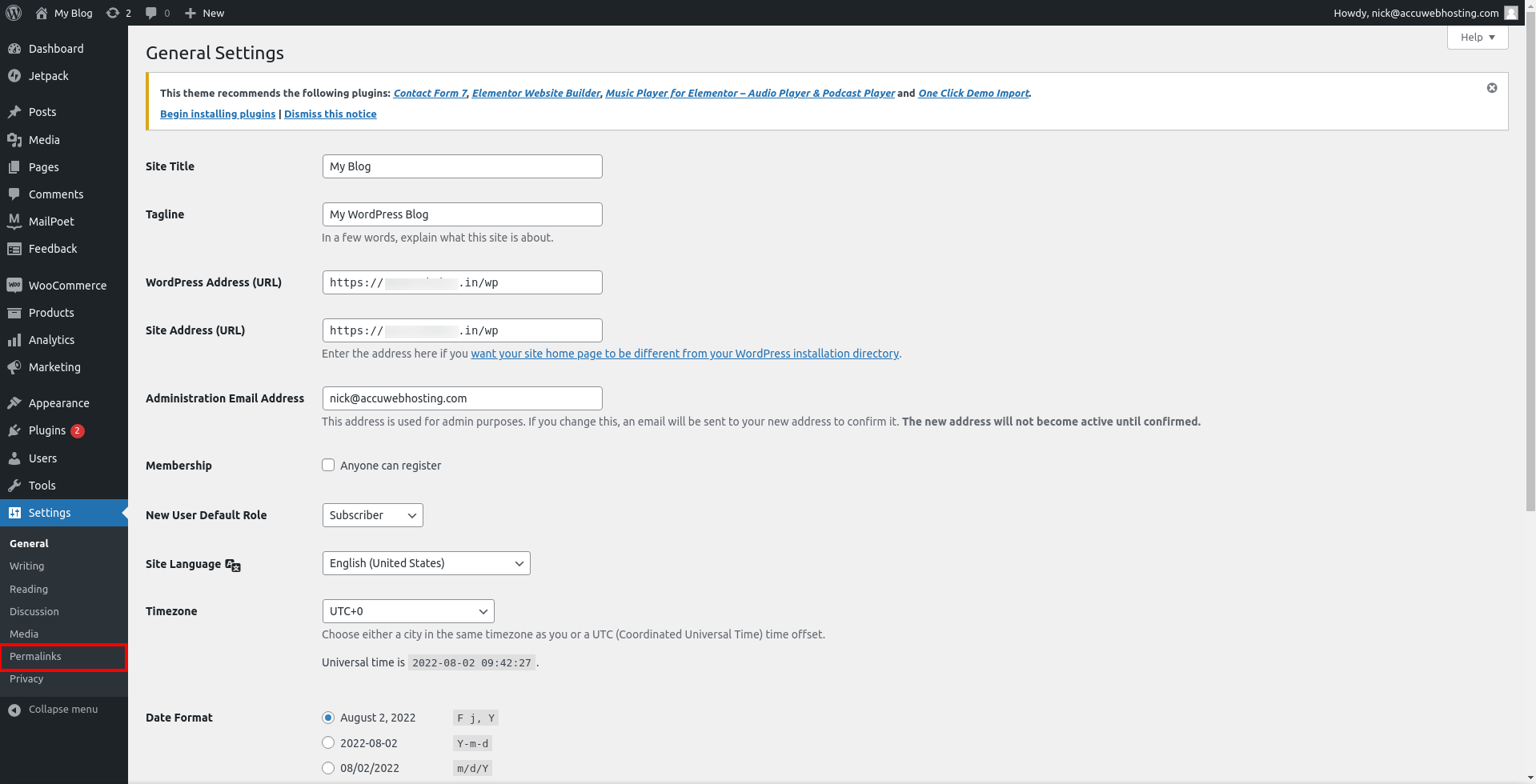
Step 7: Scroll down on the Permalink page and click on the Save changes button. This will force WordPress to create a new .htaccess file.
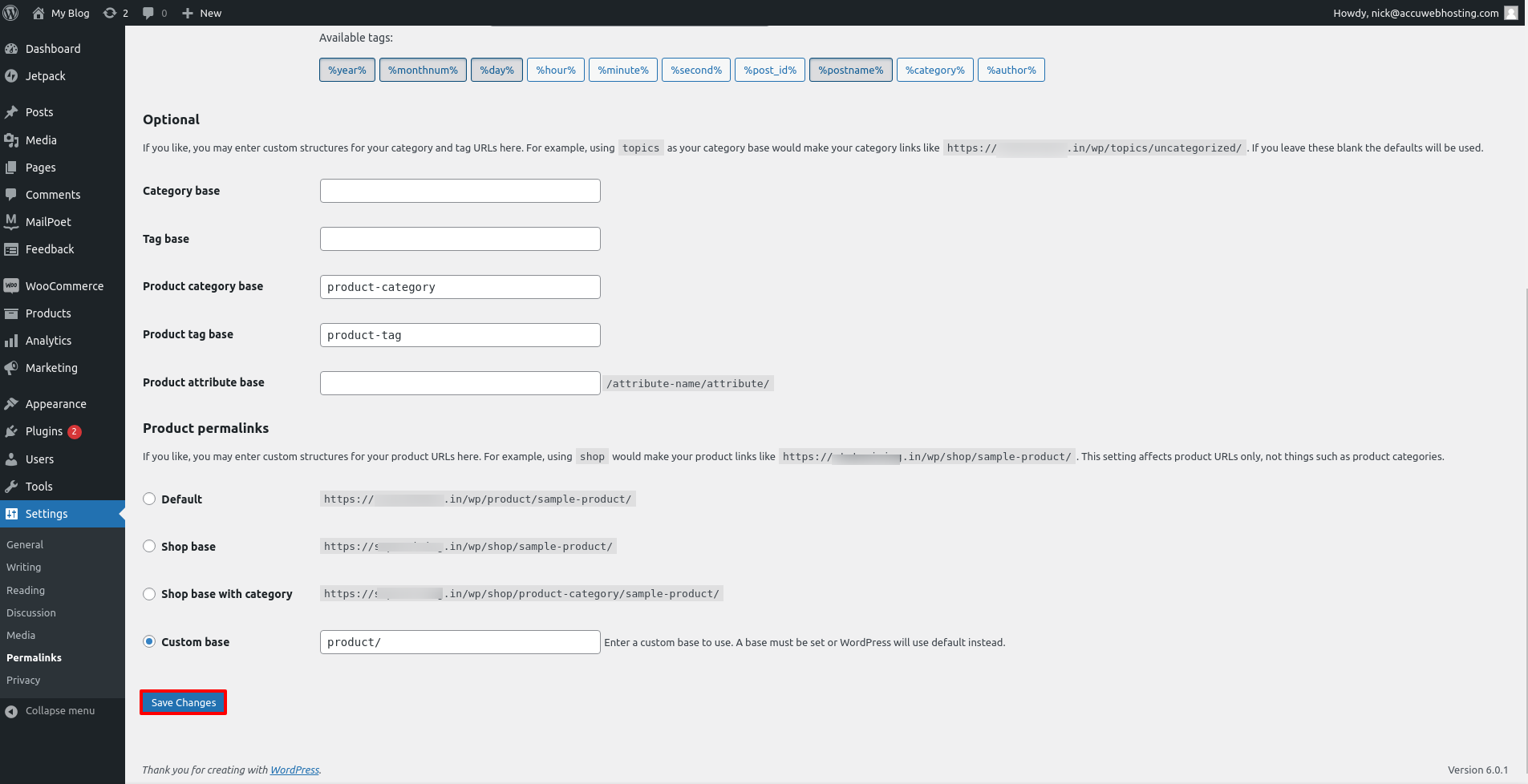
Deactivate plugins and themes one by one to find conflicts
Theme and plugin conflict is a common reason for the WordPress error. Please note that Deactivating the plugins and themes may break your website. Before making any changes, please secure a backup of the website so you can restore your website if something goes wrong.
Below are the steps to deactivate themes and plugins from the WordPress dashboard.
Step 1: Login into the WordPress Admin area
Step 2: Go to the Appearance option and click on it.
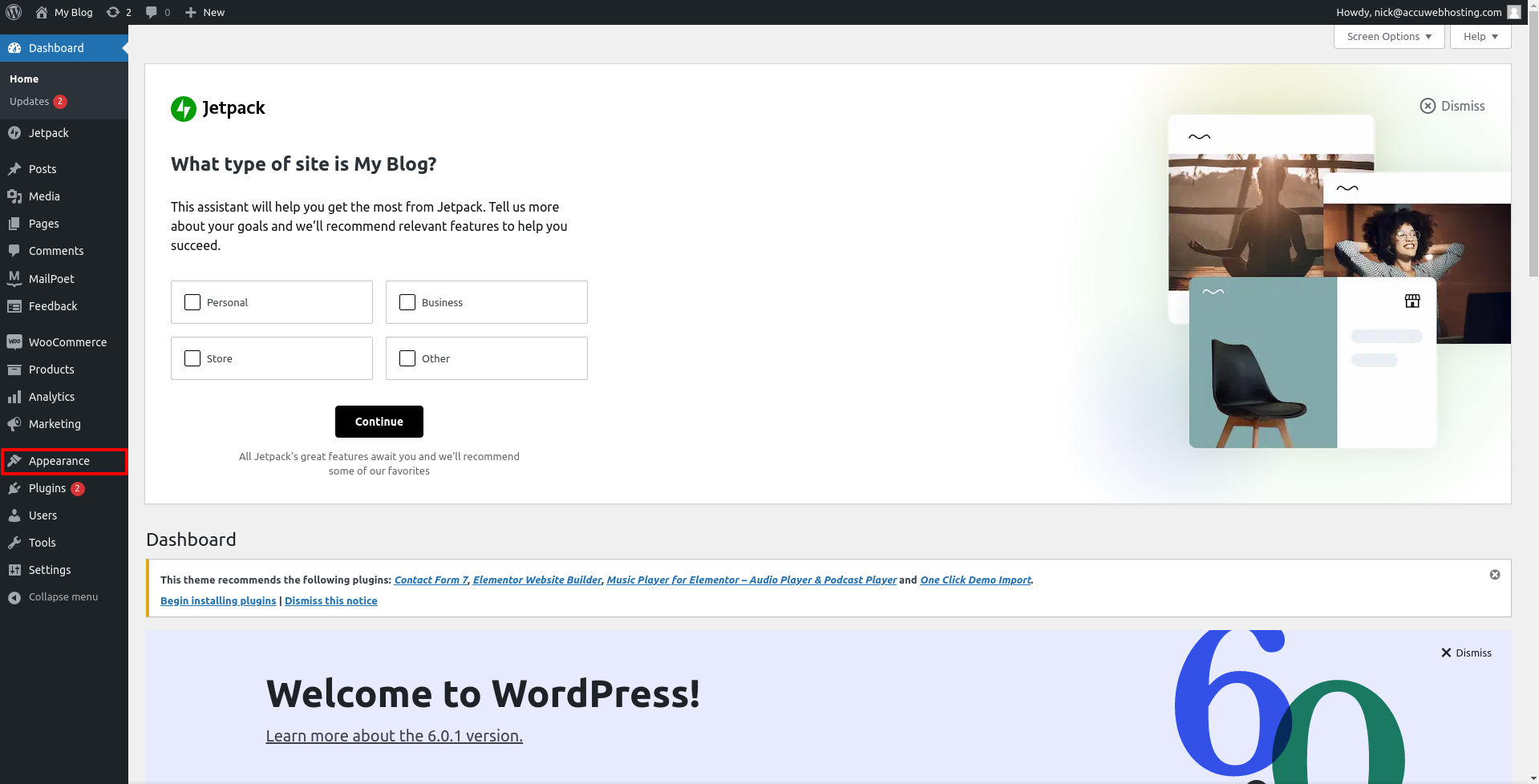
Step 3: After then, click on the Themes option.
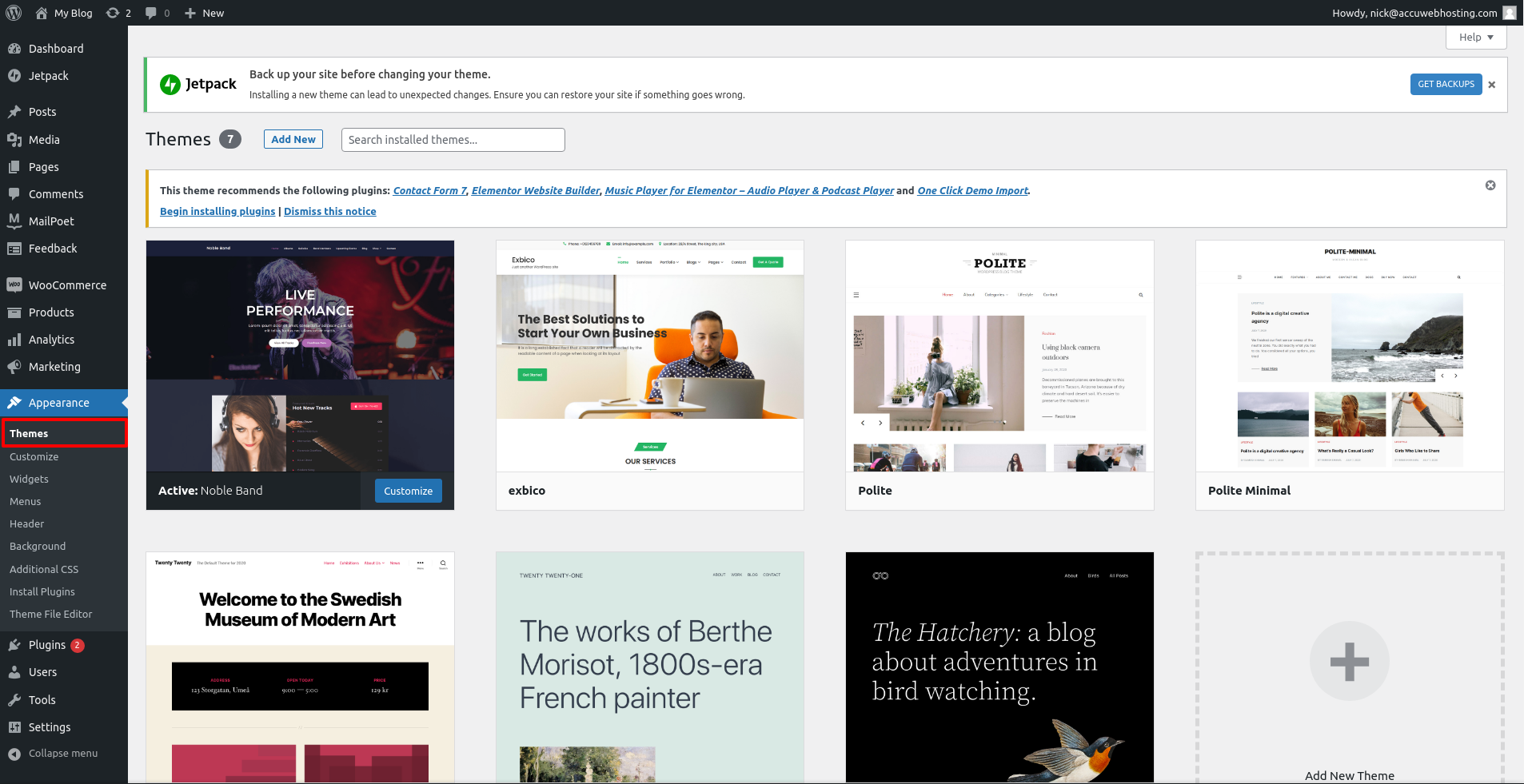
Step 4: Select the default WordPress theme like Twenty Twenty, Twenty Twenty One, etc. Check if the JSON error is fixed.
Step 5: If the error is removed, then delete the theme. If not, then reactivate the previous themes.
Step 6: Next, go to the Plugins and click on it.
Step 7: Click on the installed Plugin to see the installed Plugin on your website.
Step 8: Select all the plugins and under Bulk actions, choose to Deactivate option and click on the Apply button.
Step 9: After then, if the error doesn't show on your website, It means that one of the plugins was causing the issue. Now, you need to find out which of the plugins is problematic. Start re-activating the plugins one by one. When you re-activate a plugin, check if the JSON error has occurred. When you find the problematic one, delete it.
Check the WordPress site address settings.
If the website addresses on the settings page are not configured properly, you may get the error message "The response is not a valid JSON response"
Follow the steps mentioned to set the correct addresses from the WordPress dashboard.
Step 1: Login into your WordPress Admin area
Step 2: Go to the Settings option
Step 3: After then, click on the General option.
Step 4: You will get the following two fields on the General Setting page.
WordPress Address (URL)
Site Address (URL)
Ensure that the website URL is inserted in both fields. Both URLs should be identical and should start with https, not http.
Step 5: After then, scroll down the screen and click the Save changes button to save the changes.



